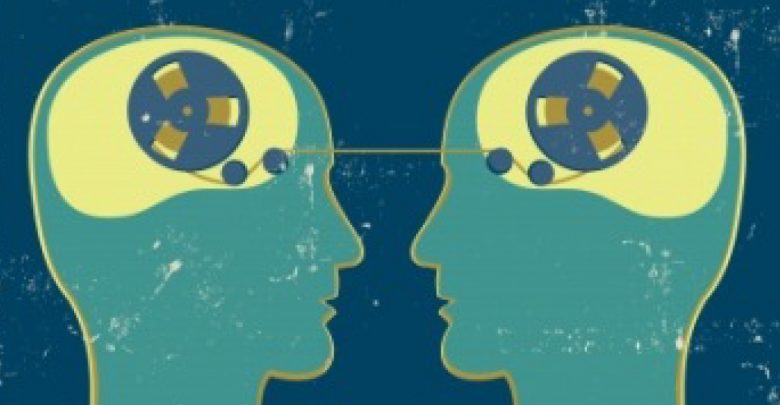Empathy
This is a tool that gives a short insight into the concept of empathy and its importance in education. It also helps you to proceed with the exercises to practice active listening and observing.

Why did I choose this tool? While there is plenty of information about how important empathy is in education, I believe it is important to connect it better with the need of the trainer to support learners in identifying their learning needs. Because of that, the part of active listening and observing seemed important to me.
How does this apply to being a trainer? Developing empathy can significantly help you get better at supporting learners in identifying their learning needs. As Adam Sicinski wrote, “when you practice empathy you naturally develop a deeper understanding of other people’s behavior, motivations, and life experience. As a result, you are better able to sense people’s aspirations and needs” (Sicinski). Therefore ‘flexing the muscle of empathy’ more often might help you to be more flexible in the training programme and adjust to the real needs of learners and groups.
Main content:
“Sometimes empathy can serve multiple purposes. For example, viewing a situation empathetically can lead to a calmer internal state, which can influence the response of the teacher.” Mendes shares a situation with a student that allowed him to understand the importance of understanding the feelings of others in an educational setting: “in the case of Julie, I thought about how awful it is to feel that angry and almost out of control. That insight influenced my behavior. In addition, my observation allowed me to perceive Julie’s upset state. This ability to read and identify emotions works together with self-management and leads to the optimal timing of responses. In the classroom, we might be excited about a great activity for our students. But if a student is having a bad day, how do we respond? Do we perceive the student as apathetic and as having a negative attitude? <…> How do we discern, in the moment, what state the student is in and what course of action would be best? It’s not always an easy task. The observation skills required to make these quick daily decisions are part of empathy.” (Mendes)
Sicinski proposes a step-by-step approach to developing empathy that you can get acquainted with here: https://blog.iqmatrix.com/developing-empathy this is an extensive text on why empathy is important, how to develop it and how to practice it.
While the first step, according to me (and according to many other sources I went through), is to develop a skill of active listening (where you not only listen, but also hear what the person is saying, how (s)he is saying it and what can be behind this message. Along with observation of body language it can actually help you draw the real picture of what is being communicated.
How to practice active listening? You can do it in everyday situations (you need to be mindful about it and write it down or record the impressions that you got). It can also be practiced by using videos. Here I am proposing several of them, but you can choose them very freely:
- Video clip of Gotye – Somebody that I used to know.
- Excerpt from Netflix series “Sex education”
Video unavailable
- Excerpt from “The Office”
- Excerpt from “The Office” vol.2
- Excerpt from “Parks and Recreation”
- Excerpt from “Atypical”
- Excerpt from “Grey’s anatomy”
Reflection questions:
- What are the messages that are send by the words and body language?
- What are the emotions portrayed in the videos? What gives them away?
- Which emotions are the easiest for you to spot? Which ones are difficult?
- What type of educational interventions would you foresee with the characters of the videos?
Exercises:
How to apply it in everyday life:
- Do the active listening exercises with your colleague and compare notes if you’ve heard the same message. It happens that we hear the things that resonate with our current state mind or inner readiness. It is important to acknowledge that one and make a distinction between what is being told and what you would like to tell at the moment.
- For the above-mentioned reason, watch the same video with a break of 1-2 weeks in between. Compare notes and what you’ve heard on different days.






